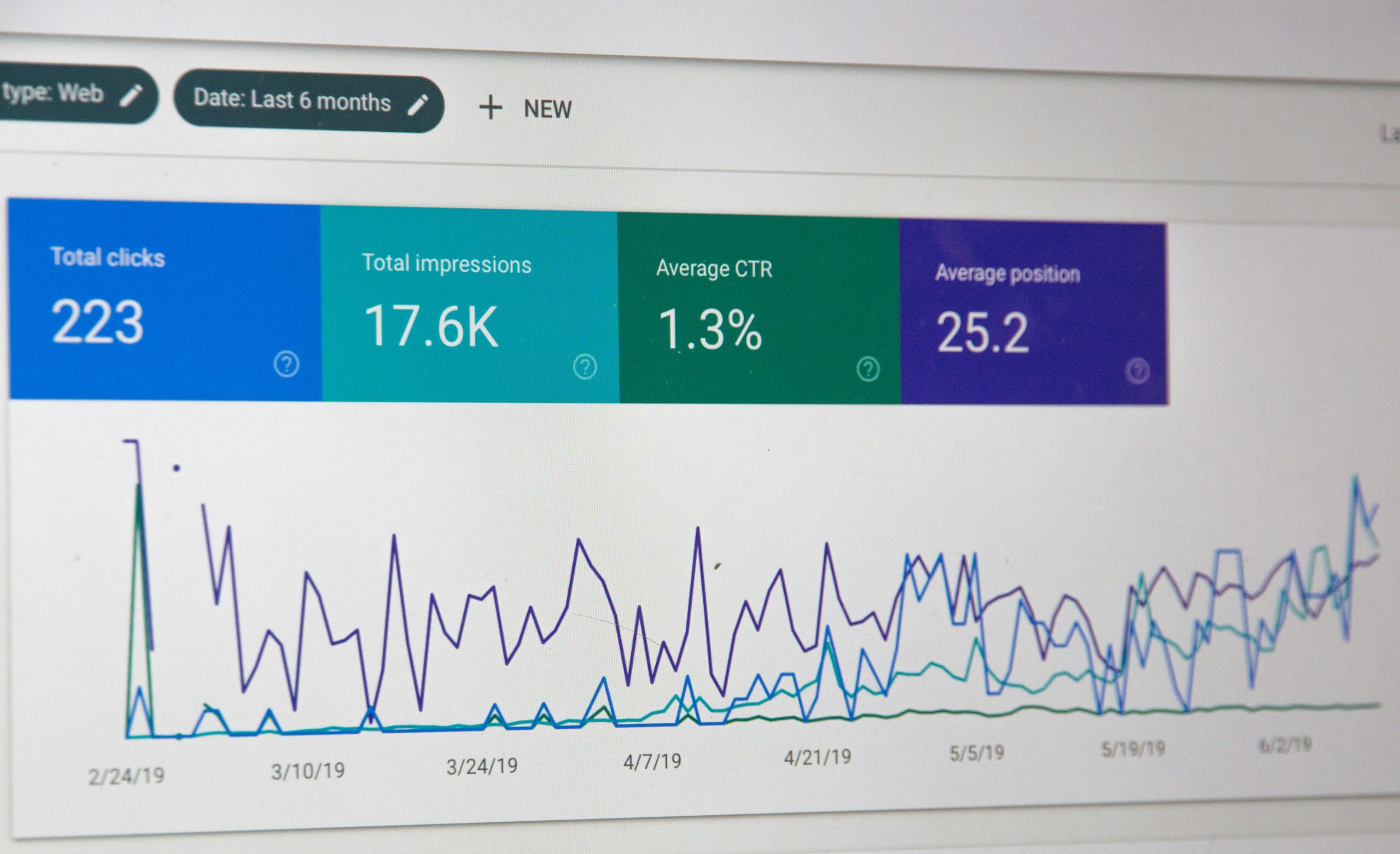Is your website feeling outdated just after launch? Many businesses underestimate the importance of regular website updates and maintenance, which can lead to poor user experience and lost traffic. This blog post will explore essential steps for effective website updates, including developing a routine for content management and implementing technical updates to boost performance. By addressing these key areas, readers will learn how to keep their website fresh and functional, ultimately enhancing their online presence and satisfying user needs.
Key Takeaways
- Regular updates prevent technical issues and enhance website performance
- Strong backlinks improve search visibility and drive more traffic
- Regular security audits protect sensitive information and build user trust
- User feedback helps refine content and enhances overall user experience
- A well-documented update process facilitates smoother future modifications and improvements
Understanding the Essentials of Website Updates and Maintenance Post-Launch

Post-launch updates and maintenance are essential for a website’s smooth operation, protecting against vulnerabilities and improving performance. Regular checks help prevent technical issues that could disrupt user experience. Documenting updates allows website owners to track changes and ensure compatibility with new releases, leading to noticeable improvements in speed and usability. Additionally, maintaining strong backlinks and updating content enhances search visibility and domain authority, driving more traffic and generating potential leads for the business.
Importance of Regular Software and Security Updates
Regular software and security updates are essential for maintaining the functionality and safety of a website after launch. These updates patch vulnerabilities that could otherwise be exploited by malicious actors, keeping sensitive data safe and preventing downtime. Additionally, timely updates ensure that the website remains compatible with new browsers, devices, and web standards. Neglecting updates can lead to slow performance, broken features, or security breaches, all of which harm user experience and credibility. By staying up to date with software releases, businesses ensure a seamless, secure experience for visitors and maintain a professional reputation.
The Role of Content Refreshes in SEO Performance
Frequent content updates are vital for maintaining strong SEO performance. Search engines favor websites that regularly refresh their content, as it signals to algorithms that the site is relevant and up-to-date. Adding new blog posts and articles or revising existing content with fresh information helps improve visibility in search results. Furthermore, updating content increases user engagement, leading to longer time spent on the site and lower bounce rates. With fresh content, businesses can also target new keywords, expand their audience, and continue to attract potential leads through organic search.
Backlink Monitoring and Management
Regular monitoring and management of backlinks are essential for maintaining a healthy website and improving search engine rankings. Over time, backlinks can break or become irrelevant, which negatively impacts a website’s SEO and authority. By regularly checking and updating backlinks, businesses can ensure that they remain functional and relevant, providing positive signals to search engines. Managing backlinks also involves disavowing toxic or low-quality links that may harm the site’s reputation. Proper backlink management increases organic traffic, supports long-term SEO strategies, and helps the website maintain its ranking in search results.
Recognizing the Importance of Regular Website Maintenance
Website maintenance is vital for ensuring a site operates efficiently and securely. Regular updates help identify potential issues early, minimizing downtime and enhancing user experience. A logging system for tracking changes is essential, as it allows website owners to reference past activities and streamline future updates. Additionally, integrating website maintenance with a mobile app can boost user engagement by aligning functionalities across platforms. A well-maintained website can drive higher traffic and increase potential leads, contributing to business growth.
Proactive Troubleshooting to Minimize Downtime
Proactive troubleshooting plays a critical role in regular website maintenance by identifying potential issues before they cause significant disruptions. Regularly scheduled checks, such as testing website functionality, ensuring link integrity, and reviewing server performance, can prevent small issues from escalating. For example, broken links or slow-loading pages can be quickly addressed before they negatively impact user experience and SEO rankings. By staying ahead of potential problems, businesses can ensure that their website remains reliable, functional, and secure, reducing the likelihood of extended downtimes and customer dissatisfaction.
Updating Plugins and Third-Party Integrations
Websites often rely on plugins or third-party integrations for added functionality, like contact forms, payment systems, or analytics tools. Keeping these components up to date is key to preventing bugs and security risks. Outdated plugins can cause features to break or become incompatible with the latest browser updates. As part of regular maintenance, checking for and applying updates ensures smooth operation and helps avoid potential disruptions that could affect site visitors or business operations.
Testing User Experience Across Devices
Regularly testing how a website performs across different devices is an important part of ongoing maintenance. As users access websites through a variety of screen sizes and browsers, it’s essential to confirm that design elements and features remain consistent and functional. Maintenance checks should include mobile phones, tablets, and desktop browsers to ensure that the user interface remains intuitive and accessible. This process helps catch layout issues early and ensures the site delivers a high-quality experience to all visitors, regardless of device.
Developing a Routine for Content Management

Implementing scheduled content refreshes ensures that users find relevant and updated information during their web browser sessions. Keeping SEO practices up-to-date enhances visibility in search engine results while reviewing multimedia elements keeps the site’s visual appeal current. Incorporating user feedback creates a better experience for customers, allowing for effective customer support and ongoing improvement of web content.
Implementing Scheduled Content Refreshes
Implementing scheduled content refreshes is crucial for maintaining website visibility and user engagement. Regular updates to the content not only provide users with relevant information but also help reduce bounce rates, encouraging visitors to stay longer and explore more. By utilizing a well-organized database of past content and analytics, businesses can ensure their site remains accessible and informative, ultimately improving the overall user experience.
Ensuring SEO Practices Are Up-to-Date
Keeping search engine optimization (SEO) practices current is key to maintaining a strong online presence. This involves regularly updating content, optimizing node structures, and ensuring the website interface facilitates easy navigation. Moreover, implementing a clear SEO policy that adapts to changing algorithms can significantly enhance a site’s visibility, driving more traffic and potential customers.
Reviewing and Updating Multimedia Elements
Reviewing and updating multimedia elements plays a significant role in enhancing user experience on a website. Regularly refreshing images, videos, and other media ensure that content remains relevant and engaging for visitors. By monitoring user behavior through analytics, businesses can identify what types of multimedia resonate best with their audience, allowing adjustments that lead to improved performance on the web server.
- Regularly refresh multimedia content to maintain viewer engagement.
- Monitor user behavior via analytics to understand multimedia effectiveness.
- Make updates based on insights to enhance the overall user experience.
Incorporating User Feedback Effectively
Incorporating user feedback effectively is crucial for improving website content and enhancing the overall user experience. Conducting regular audits helps identify areas where user suggestions can lead to tangible updates, ensuring the site’s interface and navigation align with visitor preferences. By implementing a feedback button and taking user insights into account, businesses can prioritize necessary patches, schedule timely releases, and create a backup of improvements, promoting a user-centered approach that fosters loyalty and engagement.
Technical Updates to Enhance Website Performance

Monitoring and applying software updates plays a crucial role in maintaining the system’s integrity and keeping the user interface smooth. Conducting regular security audits helps identify vulnerabilities and minimize downtime. Improving site speed and performance, along with ensuring mobile responsiveness, are essential for a positive user experience. Each of these topics significantly contributes to the overall efficiency and effectiveness of a website post-launch.
Monitoring and Applying Software Updates
Monitoring and applying software updates is vital for maintaining website usability and overall performance. Regularly checking for system updates helps identify new features, security patches, and improvements that can enhance user experience. Implementing these updates not only safeguards the website from potential vulnerabilities but also ensures a seamless interaction for visitors, leading to increased satisfaction and engagement:
- Regularly check for software updates from providers.
- Apply security patches promptly to protect against vulnerabilities.
- Review update notes to understand the impact on website usability.
- Test updates in a staging environment before going live.
- Maintain a schedule for routine updates to ensure consistent performance.
Conducting Regular Security Audits
Conducting regular security audits is an important aspect of website maintenance that helps identify vulnerabilities and protect sensitive information. These audits allow website owners to evaluate their site’s security features, ensuring they are up-to-date and functional. By frequently monitoring security measures, businesses can minimize potential risks and safeguard their online presence, which ultimately leads to greater user trust and engagement.
Improving Site Speed and Performance
Improving site speed and performance is essential for delivering a positive user experience and enhancing retention rates. Businesses can achieve this by optimizing images, minimizing code, and utilizing content delivery networks (CDNs) to ensure fast loading times. Regular assessments using speed testing tools can help identify bottlenecks, enabling website owners to make informed adjustments that result in a quicker, more efficient site that attracts and keeps visitors engaged.
Ensuring Mobile Responsiveness
Ensuring mobile responsiveness is essential in today’s web environment, as more users access websites via smartphones and tablets. A site that adapts seamlessly to various screen sizes not only improves user experience but also boosts search engine rankings. Regular checks and updates to mobile layouts, including adjusting images and navigation elements, help guarantee that all visitors enjoy a smooth and engaging interaction regardless of the device they use.
Utilizing Tools for Efficient Website Maintenance
To streamline website maintenance, selecting the right analytics software is essential for understanding user engagement. Tracking user behavior with heatmaps provides valuable insights into interactions, helping identify areas for improvement. Additionally, managing backups and implementing data recovery solutions ensures that crucial information is safe. These tools streamline operations, enhance performance, and protect online assets for ongoing success.
Choosing the Right Analytics Software
Choosing the right analytics software is essential for monitoring website performance and understanding user behavior. A well-selected tool can provide insights into traffic patterns, popular pages, and bounce rates, which are crucial for identifying areas needing improvement. For instance, businesses can utilize software like Google Analytics, which offers comprehensive data to guide effective updates and maintenance strategies, ensuring that both user experience and search visibility remain strong.
Tracking User Behavior With Heatmaps
Tracking user behavior with heatmaps offers valuable insights into how visitors interact with a website, making it a crucial tool for effective website maintenance. By visually representing where users click, scroll, and spend their time, heatmaps help website owners identify popular areas on their site and points of confusion that may hinder user engagement. This data empowers businesses to make informed adjustments, refining their website’s layout and content to enhance user experience and ultimately drive more traffic and leads.
Managing Backups and Data Recovery Solutions
Managing backups and data recovery solutions is fundamental for maintaining website integrity. Regularly scheduled backups protect essential data, allowing businesses to quickly restore their site in case of unexpected issues, such as cyberattacks or server failures. Employing automated backup systems ensures that the process remains consistent and reduces the risk of data loss, providing peace of mind and supporting ongoing website performance.
Conclusion
Effective website updates and maintenance following a site’s launch are vital for ensuring optimal performance and security. Regularly refreshing content, monitoring software updates, and integrating user feedback help enhance user engagement and protect against vulnerabilities. Establishing clear goals and tracking key performance indicators can drive continuous improvement and guide strategic decisions. By prioritizing these essential steps, businesses can maintain a strong online presence and foster lasting relationships with their audience.
